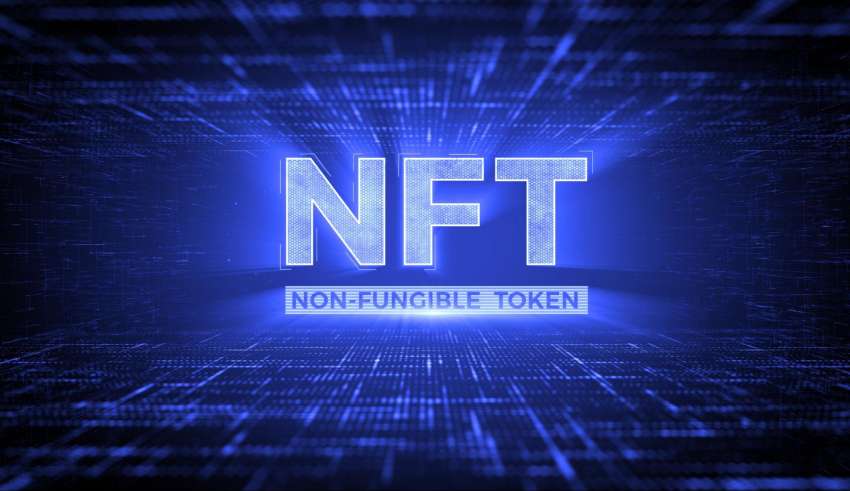
Non-Fungible Tokens (NFTs) have taken the world by storm, with millions of dollars being exchanged for digital art and other unique digital assets. NFTs are non-interchangeable digital assets that are held on a blockchain. Each NFT is unique and cannot be replicated or duplicated. They’re used to denote ownership of digital items like artwork, music, and even tweets.
The development of NFTs is based on smart contracts, which are self-executing contracts that are stored on a blockchain. Smart contracts are written in programming languages such as Solidity, which is used to develop smart contracts on the Ethereum blockchain.
In this blog post, we will demystify the mysteries of NFT smart contract development and explain how smart contracts are used to create NFTs.
Smart Contracts and NFTs
Smart contracts are the backbone of NFTs. They are self-executing contracts that are stored on a blockchain and are executed automatically when certain conditions are met. Smart contracts are written in programming languages such as Solidity, which is used to develop smart contracts on the Ethereum blockchain.
NFTs are created using smart contracts. When a user creates an NFT, they are essentially creating a new smart contract that represents the ownership of a unique digital asset. The smart contract contains all the information about the NFT, including its ownership, its metadata, and its transferability.
The smart contract is programmed to execute certain actions when certain conditions are met. For example, when an NFT is sold, the smart contract will automatically transfer ownership of the NFT from the seller to the buyer. This is done without the need for a third party, as the smart contract is self-executing and is stored on the blockchain.
Creating an NFT Smart Contract
Creating an NFT smart contract can be a complex process, but it is not impossible. There are several steps involved in creating an NFT smart contract, including:
- Defining the NFT: The first step in creating an NFT smart contract is to define the NFT. This includes defining the metadata of the NFT, such as its name, description, and image. The metadata is stored on the blockchain and is used to identify and describe the NFT.
- Writing the Smart Contract: The next step is to write the smart contract that will represent the NFT. The smart contract is written in a programming language such as Solidity and is stored on the blockchain. The smart contract contains all the information about the NFT, including its ownership, its metadata, and its transferability.
- Deploying the Smart Contract: Once the smart contract has been written, it needs to be deployed on the blockchain. This is done by sending the smart contract code to the blockchain, where it will be stored and executed automatically.
- Minting the NFT: After the smart contract has been deployed, the NFT can be minted. Minting an NFT involves creating a new instance of the smart contract that represents the ownership of the NFT. This is done by calling a function in the smart contract that creates a new instance of the NFT.
- Transferring the NFT: Once the NFT has been minted, it can be transferred between users. This is done by calling a function in the smart contract that transfers ownership of the NFT from one user to another.
Conclusion
NFTs have opened up a new world of possibilities for digital asset ownership and monetization. The development of NFTs is based on smart contracts, which are self-executing contracts that are stored on a blockchain.
As the NFT market continues to grow, we can expect to see more innovations in the space, including new NFT standards and improved NFT smart contract development tools. Through demystifying the mysteries of NFT smart contract development, we can help to ensure that the NFT market continues to grow and thrive, providing new opportunities for creators and collectors alike.


























